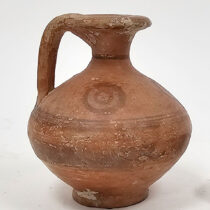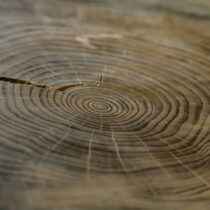The necropolis at Fourni, Archanes, brought to light one of the most beautiful ensemble of ivory objects that derive from rich burials of persons of high social rank. These ivory objects can be compared to those discovered in tombs of mainland Greece, such as those at Spata and Menidi, or with the relevant finds from various graves or houses of Mycenae. Thus, the necropolis at Fourni furnished for the first time evidence that the Cretan ivory objects dating from the period of Mycenaean rule over Crete, after 1450 B.C., are comparable to those of Mycenaean Greece. The significance of the ivory objects found in Archanes lies in the fact that they do not simply date from a limited period or derive from certain graves, but they belong to the broad framework of a tradition in ivory carving, which is rooted far back in the Early Minoan years, even before the appearance of the Cretan palaces, and is continued into the Late Bronze Age. The quantity and quality of these ivory objects prove the importance of Archanes in Mycenaean Crete. Furthermore, they partially herald the future development of the art of ivory carving in Cyprus and the East.
The Ivories of Archanes
14 Aug 2012
by Archaeology Newsroom
- A
- A
- A


